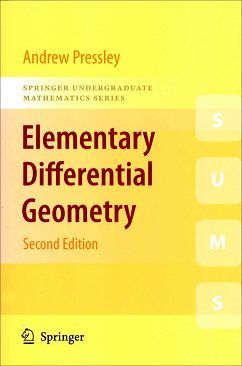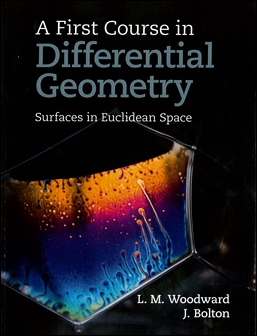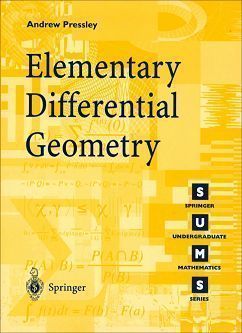書籍分類

Elementary Differential Geometry 2/e
作者:Andrew Pressley
原價:NT$ 1,300
內容介紹 目錄 作者介紹
- Description
- a chapter on non-Euclidean geometry, a subject that is of great importance in the history of mathematics and crucial in many modern developments. The main results can be reached easily and quickly by making use of the results and techniques developed earlier in the book.
- Coverage of topics such as: parallel transport and its applications; map colouring; holonomy and Gaussian curvature.
- Around 200 additional exercises, and a full solutions manual for instructors, available via www.springer.com
A revised and expanded second edition which presents the main results in the differential geometry of curves and surfaces suitable for a first course on the subject.
Curves and surfaces are objects that everyone can see, and many of the questions that can be asked about them are natural and easily understood. Differential geometry is concerned with the precise mathematical formulation of some of these questions. It is a subject that contains some of the most beautiful and profound results in mathematics yet many of these are accessible to higher-level undergraduates.
Elementary Differential Geometry presents the main results in the differential geometry of curves and surfaces suitable for a first course on the subject. Prerequisites are kept to an absolute minimum – nothing beyond first courses in linear algebra and multivariable calculus – and the most direct and straightforward approach is used throughout.
New features of this revised and expanded second edition include:




